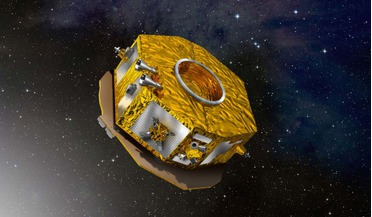 07 June 2016
A green light for the LISA Pathfinder mission
07 June 2016
A green light for the LISA Pathfinder mission
... for advancing projects of this kind. “The technology of LISA Pathfinder is a key one, necessary for the [impending] gravitational wave observatory. There are other technologies the agency is already developing, that will make us ready to carry out...
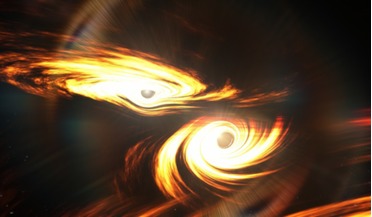 02 September 2020
Heaviest black hole merger yet is a first for discoveries
02 September 2020
Heaviest black hole merger yet is a first for discoveries
..., a researcher at the French National Centre for Scientific Research (CNRS), comparing the signal to LIGO’s first detection of gravitational waves in 2015. “This is more like something that goes ‘bang,’ and it’s the most massive signal LIGO and...
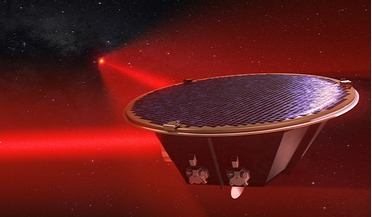 21 June 2017
LISA gets green light from ESA
21 June 2017
LISA gets green light from ESA
... part of its Cosmic Vision plan. Launch is expected in 2034. LISA will be on the hunt for low-frequency gravitational waves (around 10-4 Hz to 10-1 Hz) which on Earth are blotted out by local noise. Significant progress has already been achieved with...
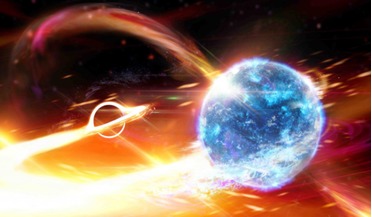 24 July 2020
A first of its kind white dwarf merger with a dense compact object discovered by students
24 July 2020
A first of its kind white dwarf merger with a dense compact object discovered by students
... right, again, but it kick-started a new field of astronomy and had everyone connected to the Laser Interferometer Gravitational-Wave Observatory (LIGO) – the facility that recorded the event – on the hunt for more. Current reports suggest...
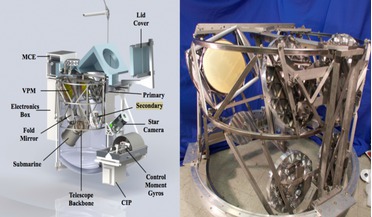 26 July 2016
Will PIPER be successful in confirming Inflation Theory?
26 July 2016
Will PIPER be successful in confirming Inflation Theory?
...) over a series of 8 conventional balloon flights from the northern and southern hemispheres. If PIPER is successful in detecting gravitational waves through their unique signature in the polarisation of the afterglow from the Big Bang, it would not...
 03 January 2017
What did 2016 do for us?
03 January 2017
What did 2016 do for us?
... saw the announcement of one of the greatest scientific discoveries in astronomy and physics - the detection of gravitational waves – ripples in the fabric of spacetime first predicted by Albert Einstein over a century ago. Scientists also discovered...